Table of Contents
Instant Cash Advance
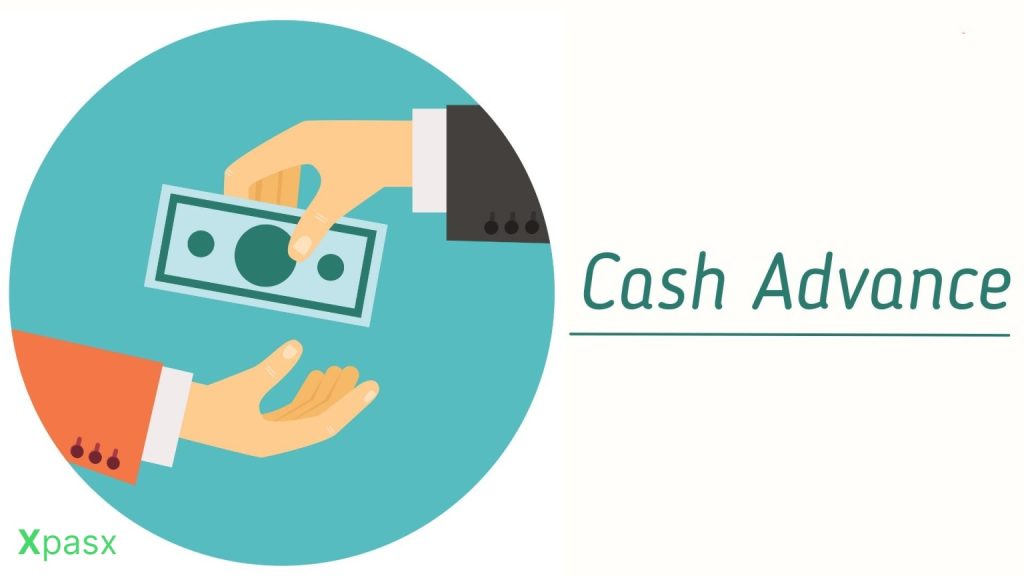
An instant cash advance, also referred to as a payday loan or cash advance offers a short-term solution, for borrowing money where the borrower receives a small sum upfront typically to address expenses or financial crises. These loans are usually repaid by the borrowers’ paycheck or within a timeframe often spanning from two weeks to a month.
Instant cash advances are commonly recognized for their approval process and minimal eligibility criteria. Borrowers typically need to show evidence of income, and identification and possess a bank account to be eligible for advances. Unlike bank loans that may require credit assessments and extensive documentation cash advance loans are frequently accessible even to individuals with imperfect credit histories or no credit record.
Nevertheless, instant cash advances often carry fees and interest rates making them an expensive means of borrowing. Lenders may impose fees based on the borrowed amount and the interest rates can surpass those of loans considerably. Hence borrowers should meticulously assess the expenses linked with cash advance loans before opting for this type of assistance.
Although instant cash advances offer access to funds during emergencies they should be utilized prudently and only as an option due, to their high expenses.
Before turning to cash advance loans it’s advisable for borrowers to consider choices, like taking out loans from banks or credit unions discussing payment arrangements with creditors, or reaching out to loved ones for help. It’s crucial for borrowers to make sure they can repay the loan promptly to steer clear of challenges and potential outcomes like extra charges or harm, to their credit rating.
In this article from xpasx, we will discuss cash advance in detail.
What Are the Requirements for Instant Cash Advance?
To be eligible, for a cash advance borrowers usually have to meet criteria established by the lender. Although these criteria can differ based on the lender and the particular loan terms there are some conditions that borrowers typically need to satisfy.
Income Verification; One of the things needed for a cash advance is proof of income. Lenders typically ask borrowers to show that they can pay back the loan by providing proof of income like pay stubs, bank statements, or tax returns. This helps lenders evaluate the borrowers’ situation and ability to meet the loan repayment terms.
Identification; Borrowers usually need to provide identification to confirm who they are and ensure they meet the age requirement, for borrowing money. This could be a driver’s license, passport, or state-issued ID card. Having identification helps lenders follow rules and reduce the risk of fraud or identity theft.
Active Bank Account; Most lenders require borrowers to have a bank account to get the loan money and make repayments easier. Borrowers may have to share their bank details, such as account number and routing number, for fund transfers. An active bank account also lets lenders check a borrower’s background and determine if they qualify for the loan.
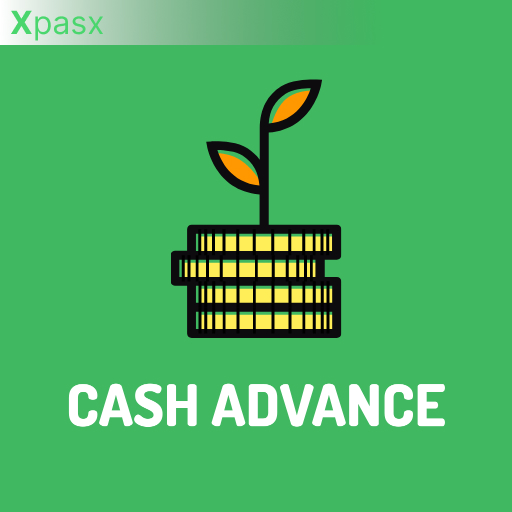
In short, when applying for a cash advance you typically need to show proof of income to prove you can pay back the loan, provide ID to confirm your identity and age, and have an active bank account for electronic transfer of funds. By meeting these criteria lenders can evaluate your creditworthiness reduce risks and comply with regulations. It’s important for borrowers to carefully read and understand the requirements and terms of the loan before applying to ensure they qualify and can handle the borrowed money responsibly.
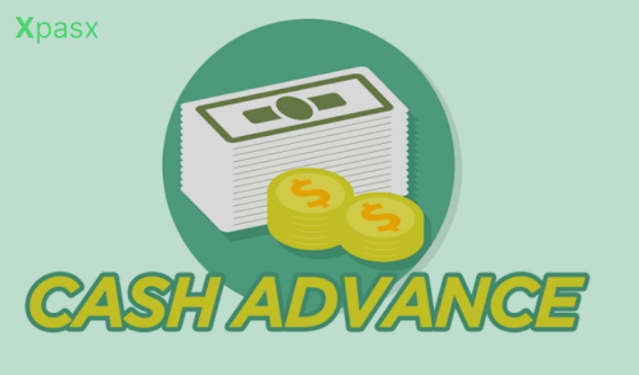
How Can Someone Obtain an Instance Cash Advance
Using Cash App is straightforward and convenient, making it easy for individuals to send and receive money, invest, and manage their finances. Here’s a step-by-step guide on how someone can use Cash App:
To start the process look into lenders that provide cash advance options. This can be done online by comparing their terms, interest rates, fees, and customer feedback. It’s crucial to select a lender that is licensed and follows regulations to ensure a fair borrowing experience.
Next, once you’ve found a lender you can apply for a cash advance either through their website or, by visiting their location. The application usually involves providing details like your name, address, contact information, and employment status. Additionally, you may need to submit documents such as proof of income, ID, and bank account information.
After you submit your application the lender will review your information to determine if you qualify for the loan. If approved you’ll receive confirmation of approval along with details on the loan amount, interest rate, repayment schedule, and any associated fees. The funds will then be transferred to your bank account— via deposit—within a short timeframe; typically within one business day or even instantly, in some cases.
Borrowers should make sure to go over the loan terms before agreeing to take the money. It’s crucial for them to grasp their responsibilities and the expenses linked with borrowing. Also, borrowers ought to take out what they truly require and can manage to pay in order to steer clear of getting trapped in a debt cycle caused by the steep interest rates and fees tied to quick cash advance loans.
Instant Cash Advance Interest Rates
Instant cash advances often come with interest rates making them a pricey option compared to loans. The interest rates, on these loans can vary based on the lender, loan amount, and terms. They generally exceed those of loans. These high rates play a role in the borrowing expenses associated with cash advances.
Interest rates for cash advances are typically presented as a percentage rate (APR) encompassing not just the interest but also any related fees. APRs for these advances may range from 200% to 700% or higher depending on factors like the lender and borrower’s creditworthiness. This implies that borrowers could end up shelling out a sum in interest over a timeframe particularly if prompt repayment is unfeasible.
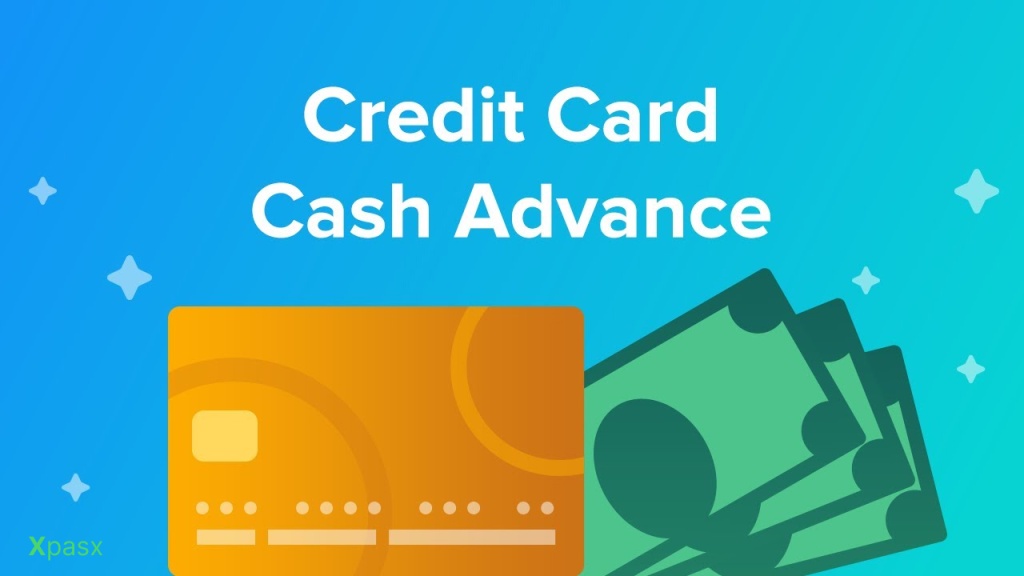
Given the interest rates tied to cash advances, borrowers should thoroughly assess the costs before opting for such financing. It’s crucial to grasp the loan terms. Such, as interest rate, repayment duration, and any extra fees. Before proceeding.
Consider looking into ways to borrow money like getting a loan from a bank or credit union. These options might have terms and lower interest rates. If you’re thinking about taking a cash advance make sure you’re certain you can pay back the loan on schedule to steer clear of getting stuck, in debt because of the borrowing costs.
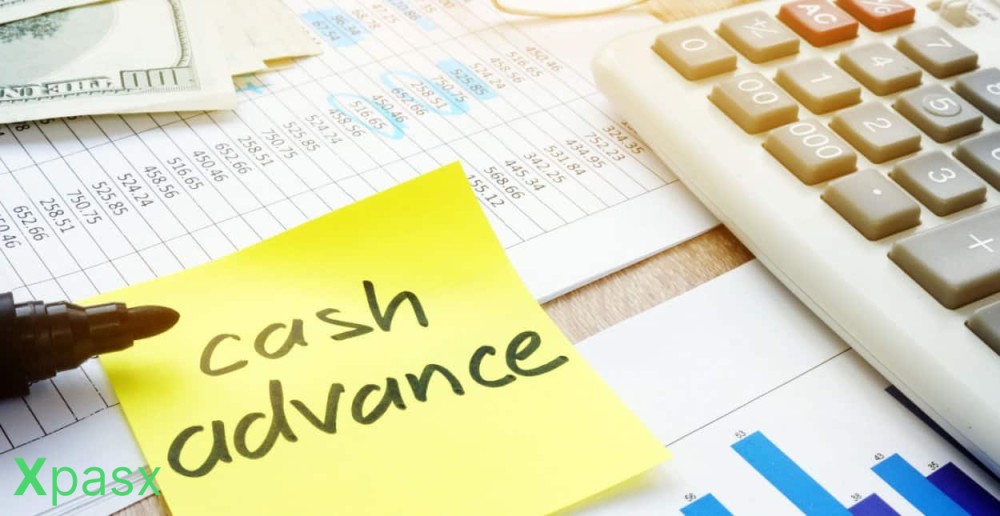
Bottom Line
Instant cash advances, also referred to as payday loans or cash advance loans offer short-term borrowing solutions that allow individuals to quickly access amounts of money to address expenses or financial crises. Eligibility, for a cash advance typically involves meeting criteria set by the lender such as demonstrating income proof presenting identification documents, and having an active bank account. These loans often carry fees and interest rates making them an expensive borrowing option compared to traditional loans.
The process of securing a cash advance includes researching lenders submitting applications online or in person and obtaining approval along with the funds. It is crucial for borrowers to thoroughly examine the terms of the loan agreement before accepting the funds and ensure they can repay the loan promptly to avoid getting trapped in a cycle of debt due to borrowing costs.
In essence, immediate cash advances offer access to funds during emergencies; however, it is advisable to use them, as a last resort considering their elevated expenses. Borrowers should explore borrowing avenues. Carefully assess the terms and expenses associated with cash advance loans before opting for this type of financial assistance.
- Instant cash advance is a part of our series of articles on cash, if you wish to learn more visit our page on cash.